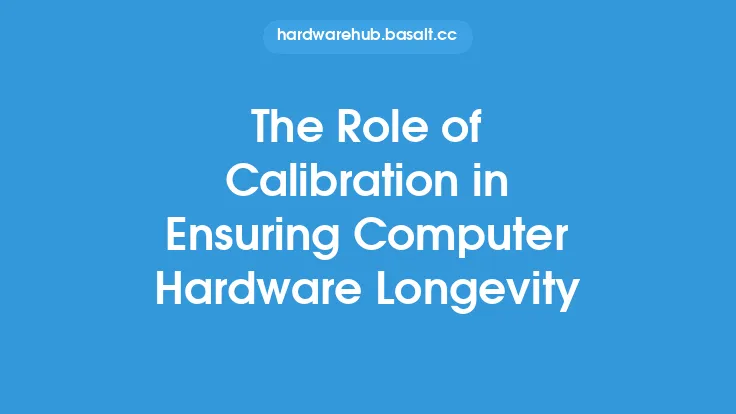Thermal paste, also known as thermal interface material (TIM), plays a crucial role in maintaining the optimal performance and longevity of graphics processing units (GPUs). It is a type of substance applied between the GPU die (the silicon chip that contains the GPU's circuitry) and the heat sink (a metal component designed to absorb and dissipate heat) to enhance heat transfer between the two components. In this article, we will delve into the world of thermal paste and its significance in GPU maintenance, exploring its composition, application, and benefits.
Composition and Types of Thermal Paste
Thermal paste is typically a mixture of a carrier material, such as silicone or grease, and a filler material, which is usually a thermally conductive substance like zinc oxide, aluminum oxide, or silver. The filler material is responsible for enhancing the thermal conductivity of the paste, allowing it to efficiently transfer heat from the GPU die to the heat sink. There are several types of thermal paste available, each with its own unique characteristics and advantages. Some common types include:
- Silicone-based thermal paste: This type of paste is known for its high thermal conductivity and is often used in high-performance applications.
- Grease-based thermal paste: This type of paste is more commonly used in everyday applications and is known for its ease of application and relatively low cost.
- Ceramic-based thermal paste: This type of paste is known for its high thermal conductivity and is often used in applications where high temperatures are involved.
- Carbon-based thermal paste: This type of paste is known for its high thermal conductivity and is often used in applications where high performance is required.
Application of Thermal Paste
The application of thermal paste is a critical step in ensuring optimal heat transfer between the GPU die and the heat sink. The paste should be applied in a thin, even layer, covering the entire surface of the GPU die. It is essential to use the correct amount of paste, as too little can lead to reduced heat transfer, while too much can lead to a decrease in performance due to the increased thermal resistance. The ideal amount of paste to apply is usually a small pea-sized amount, which should be spread evenly across the surface of the GPU die using a credit card or similar tool.
Benefits of Thermal Paste
The use of thermal paste in GPU maintenance offers several benefits, including:
- Improved heat transfer: Thermal paste enhances the transfer of heat from the GPU die to the heat sink, allowing for more efficient cooling and reducing the risk of overheating.
- Increased performance: By reducing the temperature of the GPU, thermal paste can help to increase its performance and prevent throttling (a reduction in performance due to high temperatures).
- Reduced wear and tear: Thermal paste can help to reduce the wear and tear on the GPU by preventing overheating, which can cause damage to the component over time.
- Extended lifespan: The use of thermal paste can help to extend the lifespan of the GPU by reducing the risk of overheating and preventing damage to the component.
Factors Affecting Thermal Paste Performance
Several factors can affect the performance of thermal paste, including:
- Temperature: Thermal paste performance can be affected by temperature, with some pastes performing better at higher temperatures than others.
- Pressure: The pressure applied to the thermal paste can also affect its performance, with higher pressures generally resulting in better heat transfer.
- Surface roughness: The surface roughness of the GPU die and heat sink can also affect the performance of the thermal paste, with smoother surfaces generally resulting in better heat transfer.
- Age: Thermal paste can degrade over time, reducing its performance and effectiveness.
Choosing the Right Thermal Paste
With so many different types of thermal paste available, choosing the right one can be a daunting task. When selecting a thermal paste, consider the following factors:
- Thermal conductivity: Look for a paste with high thermal conductivity, as this will ensure efficient heat transfer.
- Viscosity: A paste with a low viscosity will be easier to apply and spread, while a paste with a high viscosity will be more difficult to apply but may offer better performance.
- Operating temperature: Consider the operating temperature of the GPU and choose a paste that is designed to perform well within that temperature range.
- Cost: Thermal paste can range in price from a few dollars to over $10, so consider your budget when making a selection.
Reapplying Thermal Paste
Over time, thermal paste can degrade, reducing its performance and effectiveness. In these cases, it may be necessary to reapply thermal paste to the GPU. This process typically involves cleaning the old paste from the GPU die and heat sink, applying a new layer of paste, and reassembling the GPU. It is essential to use the correct cleaning materials and techniques to avoid damaging the GPU or heat sink.
Conclusion
Thermal paste plays a critical role in maintaining the optimal performance and longevity of GPUs. By understanding the composition, application, and benefits of thermal paste, as well as the factors that affect its performance, you can ensure that your GPU is running at its best. Whether you are a seasoned gamer or a professional graphics designer, the use of thermal paste is an essential part of GPU maintenance, and choosing the right paste can make all the difference in the performance and lifespan of your GPU.





